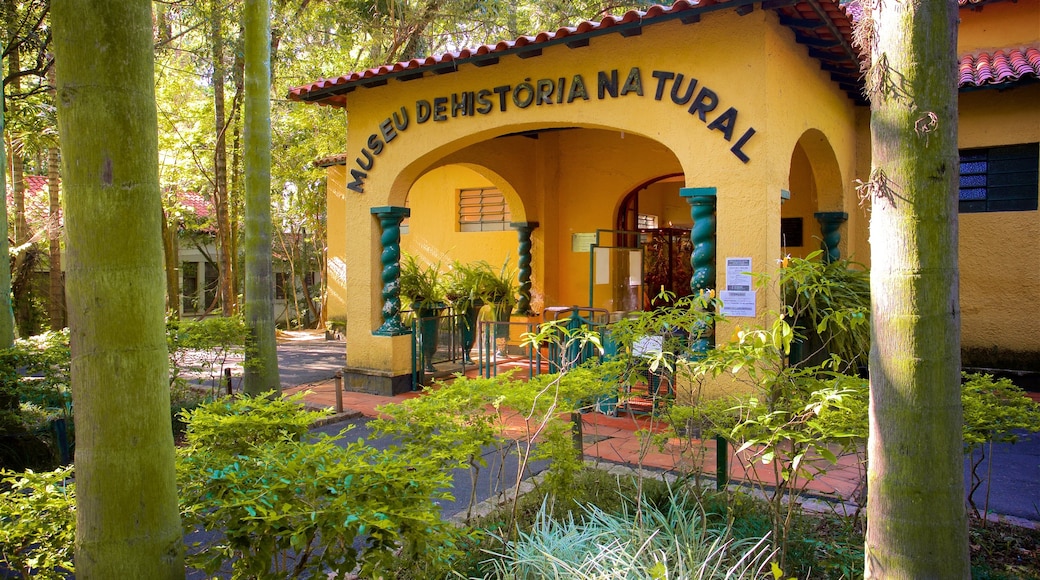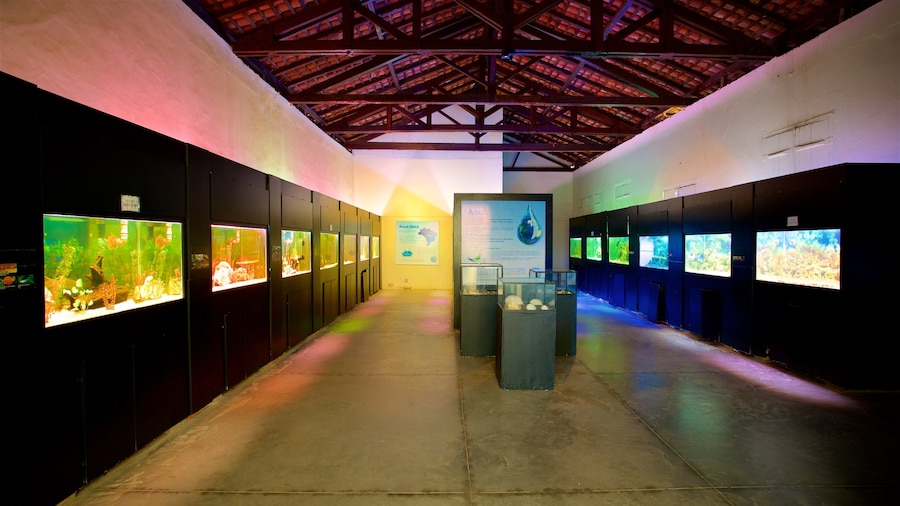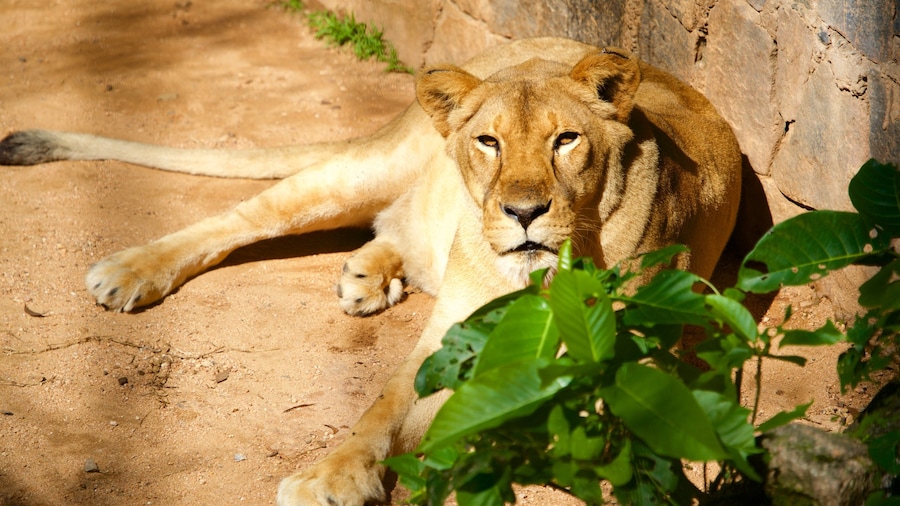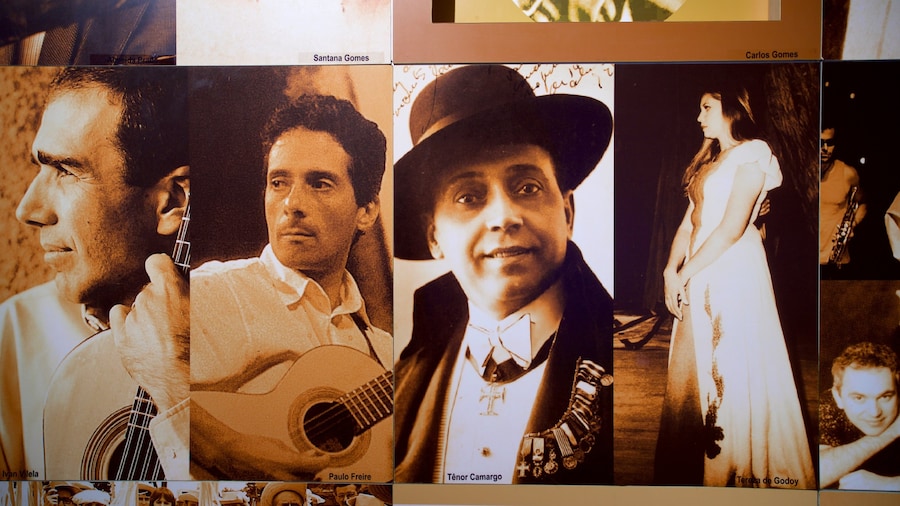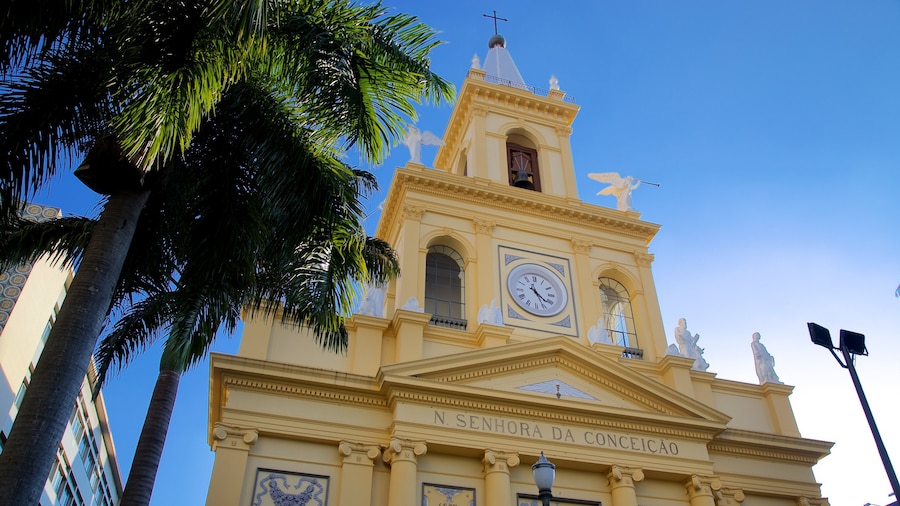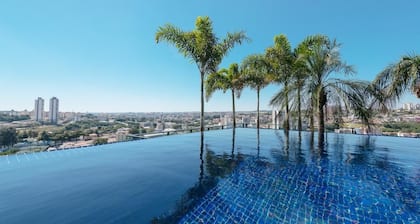Founded in 1939, the Museum of Natural History (Museu de História Natural de Campinas) strives to educate visitors about the nation’s vast biodiversity. The museum boasts a collection of thousands of animals, flowers and invertebrates in well-presented displays
The exhibits represent some of the most important ecosystems of Brazil, including the Amazon rainforest, Atlantic Forest and São Paulo’s Atlantic coastline. There are artifacts from the Cerrado, which is a tropical savannah found in Central-West Region states such as Goiás, Mato Grosso Do Sul and Minas Gerais. Learn about the fauna and flora of the Pantanal wetland. This is the biggest tropical wetland area in the world and stretches from western Brazil into Bolivia.
Spot numerous species of stuffed animals in the display cabinets. Among them are owls, rhea, toucan and other native birds. See an anteater, insects, lizards, rodents and turtles. Major highlights are a stuffed deer, jaguar, lions and wolf.
To complement the animals are examples of trees, flowers and fungi. Information signs provide details of the scientific names of the exhibits and the region where each is found. Signs are in Portuguese only so you might want to bring a language dictionary with you to understand more.
The museum is located in Jequitibá Woods Park and is accessible by public bus from downtown Campinas. If you are arriving by car then use the car park situated at the western entrance to the park. It’s easy to spend a day in Jequitibá Woods Park exploring its many attractions. Go on a tour of Brazilian marine life at the Municipal Aquarium. Come face-to-face with live animals at the Municipal Zoo.
The Museum of Natural History is open from Wednesday to Sunday and on public holidays. It closes for an hour at midday. The museum’s admission fee also includes entry to the Municipal Aquarium.
